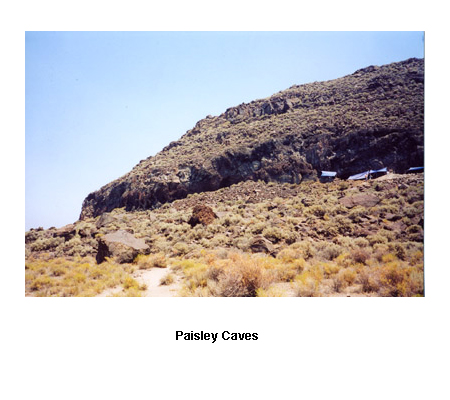The news last week that archaeologists rooting around an Oregon cave found coprolites containing human DNA and dating back 14,000 years has shaken Art Scatter right down to the toes of its foundation myth. Art Scatter emerges from lithic scatter, the circle of rock shards and shavings that stone-age men and woman created as they bent themselves to the task of making objects.
 The findings in the Paisley Caves in central Oregon on what were then the shores of once-great Summer Lake, connect us to that image — and expand it. Because along with flaked stone spear points, grinding stones and other tool-making remnants, the archaeologists based their most important claims on the coprolites, a word we use to avoid the less elegant “dried dung” or worse. Art Scatter’s concept of itself, it turns out, was a sanitized idea, and the shudder generated by the new evidence involves the implications of this addition to our “image.”
The findings in the Paisley Caves in central Oregon on what were then the shores of once-great Summer Lake, connect us to that image — and expand it. Because along with flaked stone spear points, grinding stones and other tool-making remnants, the archaeologists based their most important claims on the coprolites, a word we use to avoid the less elegant “dried dung” or worse. Art Scatter’s concept of itself, it turns out, was a sanitized idea, and the shudder generated by the new evidence involves the implications of this addition to our “image.”
Continue reading Cave doings